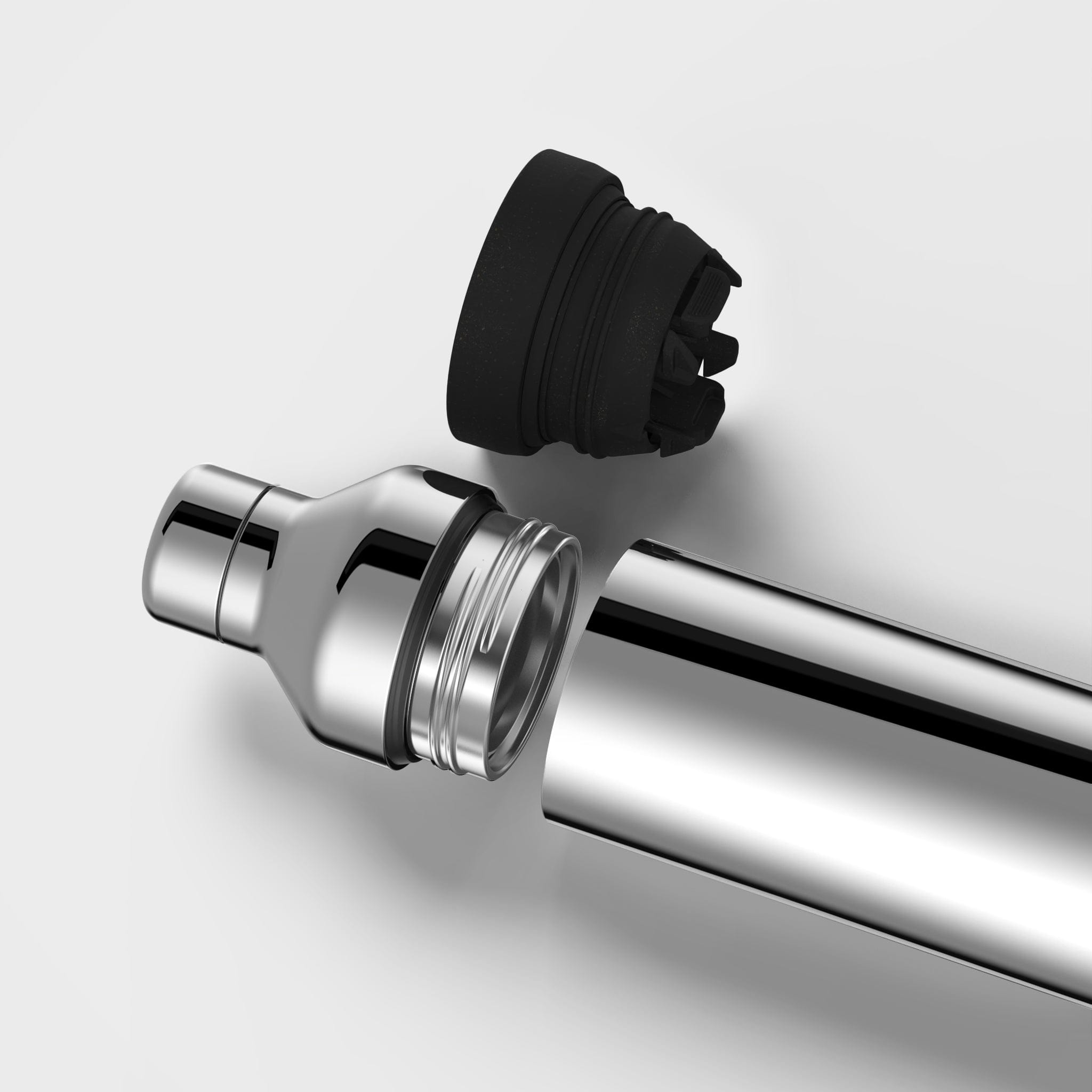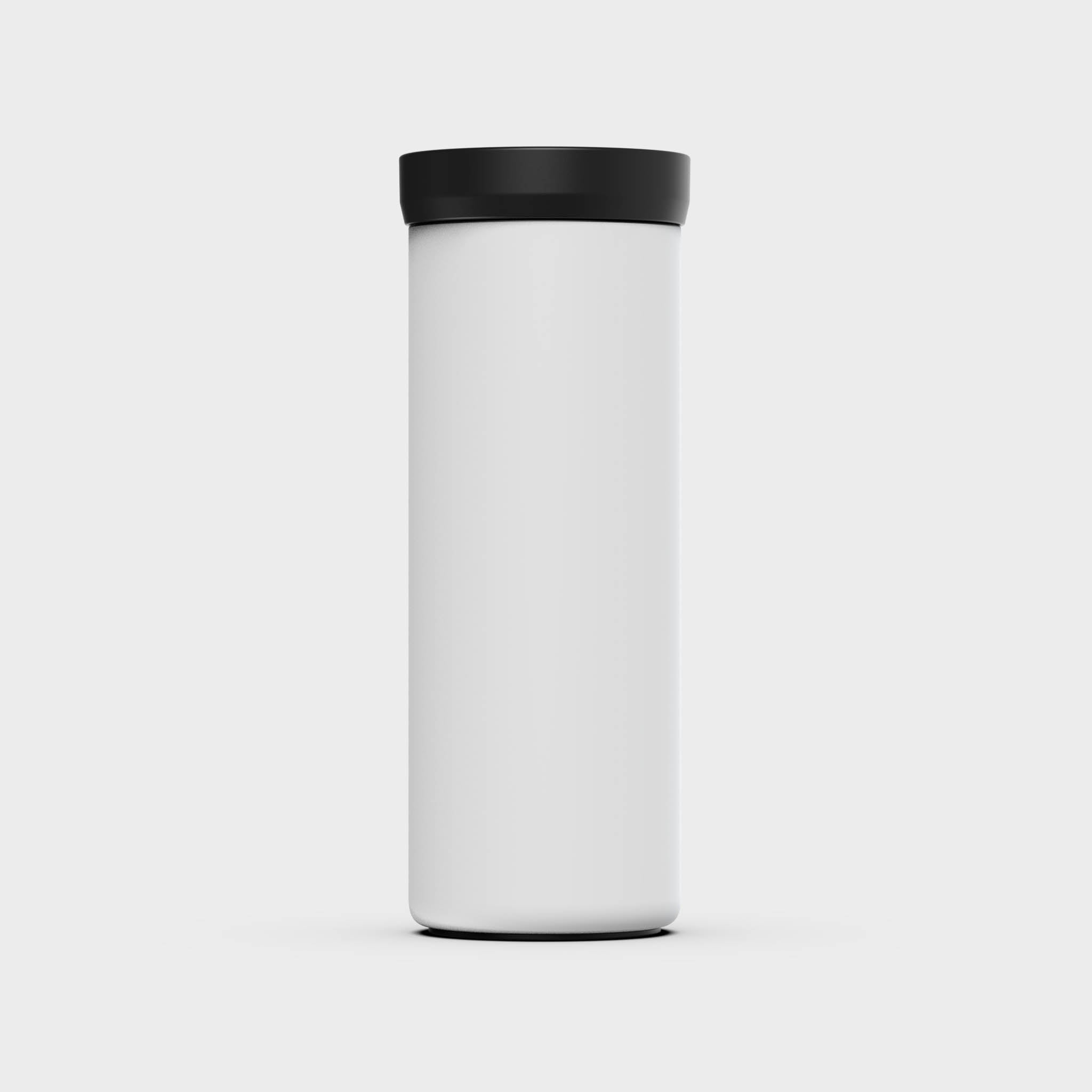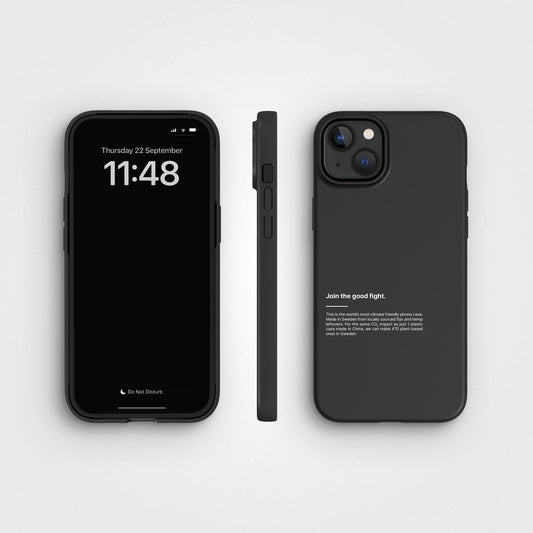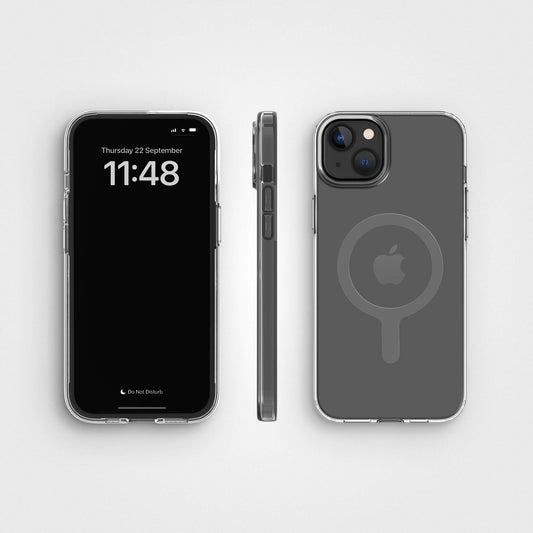March 18, 2025. Another Global Recycling Day. Another round of social media posts, corporate greenwashing, and good intentions that fizzle out the moment life gets busy.
But what if this year was different? What if 2025 was the year we actually fixed recycling - not just as individuals tossing things in the right bin but as a society that finally understood why it matters?
You've probably asked yourself:
- Does my plastic bottle actually get recycled, or is this a feel-good lie?
- Why do recycling rules change depending on the city, store, or country I’m in?
- Is all this effort even making a difference?
These are fair questions, and in the past, the answers haven't always been reassuring. But 2025 can be the year we change that.
Right now, we have an opportunity to rethink waste, improve recycling systems, and take real steps toward a more circular economy. We already have the tools, technology, and knowledge to make a difference. Now, it's about putting them to use - demanding better systems, making smarter choices, and shifting toward long-term solutions.
So, let's talk about what's changing, what's working, and how we can finally make recycling a meaningful part of the solution.
Quick links
-
Recycling in 2025 - where we went wrong
-
How recycling and waste reduction can evolve in 2025
-
How you can support recycling and reduce waste
Recycling in 2025 - where we went wrong
Recycling wasn't designed to succeed. For decades, we were told that if we just separated our waste properly, everything would magically turn into something new. But behind the scenes, things weren't so simple.
Most of what we "recycle" never gets recycled
That plastic water bottle you carefully rinsed and tossed in the blue bin? It had a 9% chance of actually being recycled. Nine. Percent. The rest? Landfill. Ocean. Incineration. Even glass and aluminum, both infinitely recyclable, don't always get processed properly because of contamination and collection inefficiencies. And it's not just about plastics, many everyday items that seem recyclable or compostable actually aren’t. Find out which products might be misleading you.

The system is broken, and consumers get the blame
Ever been shamed for not recycling properly? Meanwhile, corporations pump out billions of tons of waste, dodging responsibility while shifting the burden onto consumers. Fast-food chains still serve billions of unrecyclable cups every year. Electronics brands make devices impossible to repair or recycle. Packaging is often labeled "recyclable" but isn’t actually accepted by local facilities.
And yet, we are the ones feeling guilty for not getting it right.
We focus on recycling instead of reducing
We got so caught up in recycling our way out of waste that we forgot the most important step: not creating so much of it in the first place. Because let's be honest, recycling is a Band-Aid, not a cure. The only way to truly fix the waste problem is to create less waste.
How recycling and waste reduction can evolve in 2025
We have the chance to shift the way we think about recycling - this year and beyond.
Instead of asking, "Are we recycling properly?", we should be focusing on, "How do we make recycling actually work?" The solutions are within reach - it's just a matter of putting them into action.
Governments are cracking down on waste
More countries are passing Extended Producer Responsibility (EPR) laws, forcing companies to be responsible for the entire life cycle of their products, including how they are disposed of.
This means:
- Less unnecessary packaging
- More recycled content in new products
- Easier ways to return and reuse materials
In some places, brands must take back their own products for recycling, a game-changer for industries like electronics, fashion, and home goods.

We are finally talking about a circular economy
We are finally shifting the conversation to a circular economy - one that focuses on preventing waste rather than just recycling it. Refillable packaging is gaining traction in food, beauty, and household products, making it easier to cut down on single-use waste. At the same time, reusable delivery and takeout containers are becoming a real alternative to disposable ones. Repair and refurbishment programs are also expanding, helping people keep products in use for longer instead of throwing them away.
The idea is simple - products should be designed to last, be repaired, and eventually be remade into something new.
Technology is fixing recycling's biggest problems
It turns out, part of why recycling has been such a mess is because we've been doing it manually for too long. Now, with AI-powered sorting, chemical recycling, and block chain tracking, we are starting to see solutions that actually work.
For example:
- AI cameras at recycling plants can now separate materials with 99% accuracy, making contamination less of an issue.
- Chemical recycling can break down plastics at a molecular level, allowing them to be reused properly.
- Deposit return schemes (DRS) are expanding, giving people cash incentives to return bottles and packaging.
How you can support recycling and reduce waste
So, what's the real way forward? It's not about being a perfect recycler - it’s about supporting changes that make waste less of a problem in the first place.
Here is what actually makes a difference in 2025:
Stop "wishcycling"
Throwing things in the recycling bin hoping they will get recycled does more harm than good. While it may seem harmless, wishcycling can do more harm than good because contaminated or non-recyclable materials can ruin entire batches of recyclables, causing them to be sent to landfills instead. Many people assume that items like greasy pizza boxes, plastic bags, or coffee cups are recyclable when, in reality, they often aren’t accepted by local facilities. Instead of guessing, it’s important to take a moment to check what can and cannot be recycled in your area. Many city websites and recycling programs offer clear guidelines on what they accept, and some even provide apps or search tools to make it easier.

If you are ever unsure about an item, it’s better to leave it out rather than risk contaminating the recycling stream. Recycling works best when done correctly, and by being more intentional with what goes into the bin, we can ensure that materials actually get processed and repurposed instead of ending up as waste.
Reduce first, recycle second
One of the biggest misconceptions about waste management is that recycling alone can solve our environmental problems. But the truth is, the best way to reduce waste is to prevent it from being created in the first place. Before making a purchase, it’s worth taking a step back and considering whether there’s a more sustainable alternative. Opting for reusable products, like thermal bottles, coffee tumblers, and shopping bags, over disposable ones can significantly cut down on waste over time. Renting, borrowing, or buying secondhand can also be great ways to avoid unnecessary consumption, especially for items that aren’t needed frequently, such as tools, party decorations, or formal wear.
Another important factor is durability. Many products today are designed for quick disposal rather than long-term use. Choosing well-made, long-lasting products, even if they cost a bit more upfront, not only reduces waste but also saves money in the long run. If we focus more on reducing waste before it happens, we will have much less to worry about when it comes to recycling.
Support brands that take responsibility
While individuals play a crucial role in sustainability, businesses have an even greater responsibility to reduce waste and ensure that their products don't contribute to environmental harm. Supporting brands that prioritise sustainability is one of the most powerful ways consumers can drive change. Companies that incorporate recycled materials into their products, offer refillable or reusable packaging, and have take-back programs for old items are setting the standard for a circular economy.
Certifications such as B Corp indicate that a business meets high environmental and ethical standards, while Cradle to Cradle certification ensures that a product is designed for continuous reuse rather than disposal. Plastic-free packaging is another key factor to look for, as it prevents unnecessary single-use waste from entering landfills and oceans. By choosing to buy from companies that actively work toward sustainability, consumers send a strong message that waste reduction and responsible production are non-negotiable.

Demand better policies
No matter how much effort individuals put in, it won't be enough if businesses and governments aren't held accountable. Without strong policies in place, many companies will continue choosing convenience and profit over sustainability, producing waste with no responsibility for what happens to it after. That’s why we need to push for laws that make waste reduction and recycling a priority.
Some countries have already introduced bans on single-use plastics, which is a great start, but these efforts need to be expanded and properly enforced to have a real impact. At the same time, Extended Producer Responsibility (EPR) laws are becoming more important, ensuring that companies are responsible for the entire life cycle of their products - from production to disposal. This means businesses would have to think beyond just selling products and consider how they’re collected, recycled, or reused.
Another critical piece of the puzzle is investment in better recycling infrastructure. Many recycling facilities are outdated, inefficient, or unable to process certain materials. Modern technology exists to improve recycling rates, but it requires government support and funding to make these upgrades widespread.
We can help by voting, signing petitions, and supporting sustainable policies. Waste reduction shouldn’t be our burden alone, it must be built into the system.
Less waste, more action
Recycling has its place, but the bigger goal is to reduce waste before it ever needs to be recycled. That means rethinking what we buy, supporting businesses that prioritise sustainability, and demanding better systems that make recycling work. If we want a future with less waste, we can’t wait for someone else to fix it. The change starts now.
































